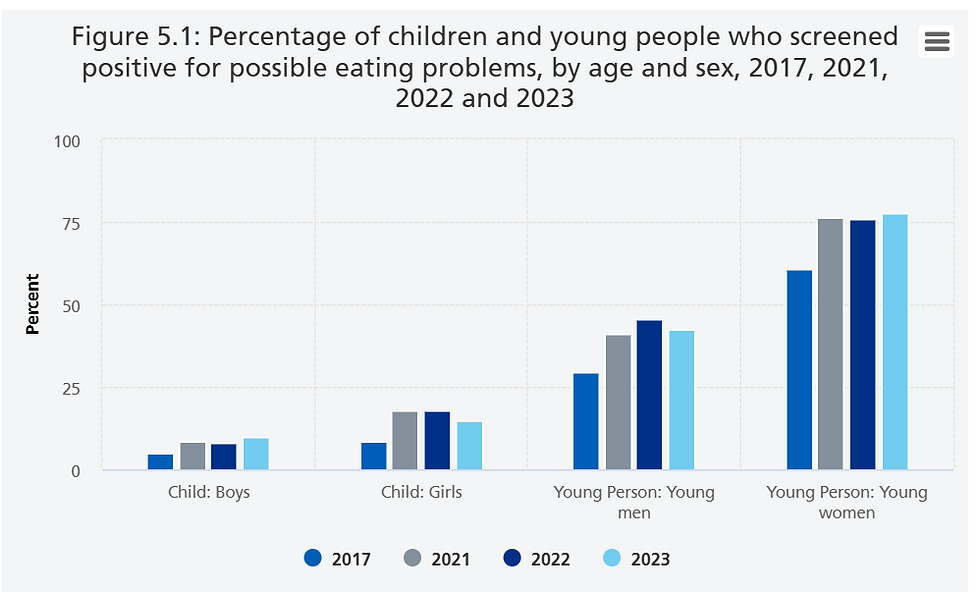How Christmas Trees Are Affecting Climate Change
- H W
- Dec 17, 2024
- 2 min read
With Christmas arriving on the 25th of December, Christmas trees are back to an ALL-TIME HIGH in the UK. But how will this impact global warming?
According to English Heritage, ‘Prince Albert, Queen Victoria’s consort, is usually credited with having introduced the Christmas tree into England in 1840. However, it was actually ‘good Queen Charlotte’, the German wife of George III, who set up the first known tree at Queen’s Ledge, Windsor, in December 1800.’
Since then, Christmas trees have become a staple in British culture and therefore a billion-pound business.
In 1930, the British Addis Housewares Company invented the first artificial Christmas tree. With this invention came reusability, as people no longer needed to throw out Christmas Trees after a few short months.

Credit to Secret Birmingham
Alternatively, Green Match says, ‘An Artificial tree has a carbon footprint of 40kg CO2 and typically cannot be recycled.’
It is for this reason many believe that real Christmas trees are more environmentally sustainable, safe, and satisfying for the environment as they don’t produce intensive carbon emissions, unlike artificial trees.
Speaking to the Senior PR Officer of The Woodland Trust, Owen Phillips said, “We recognise that the world is in the grip of a climate and nature crisis, which are interlinked. Woods and trees are one of our best defences against the effects of both of them.
It is vital that we protect, create, and restore healthier woods for a healthier planet for everyone.”
For this reason, many Christmas tree companies replant trees when a tree is bought to help protect the planet.
According to the British Christmas Tree Growers Association, around 7 million Christmas trees are sold in the UK every Christmas season.

Credit to House Beautiful
Speaking to Mark Hopkins, Environmental Officer at Birmingham City University, he said, “The emissions involved in creating that plastic tree and processing and recycling in about 10 years is actually much more environmentally friendly than going out and buying a real tree and in the next year doing the process again. There are travel emissions attached to that.
“When you’re only planting Christmas trees in one place, that’s called monoculture planting. That’s not good for the environment, wildlife, or habitats.”
He continued, “The real tree argument would say it's more sustainable to chop down as you can replant new trees where the old ones came down. So there is what they would describe as sustainable recycling.
“I’m more for having a plastic tree for longer. From the habitat perspective having lots of monoculture Christmas tree farms and it being useless for habitats.
“I’m more on plastic, but it has to be done correctly.”
Birmingham City University received the gold accreditation for Hedgehog Friendly Campus. The University has completed a series of actions that support Hedgehogs and other biodiversity, flora, and fauna across the BCU estate.




Comments